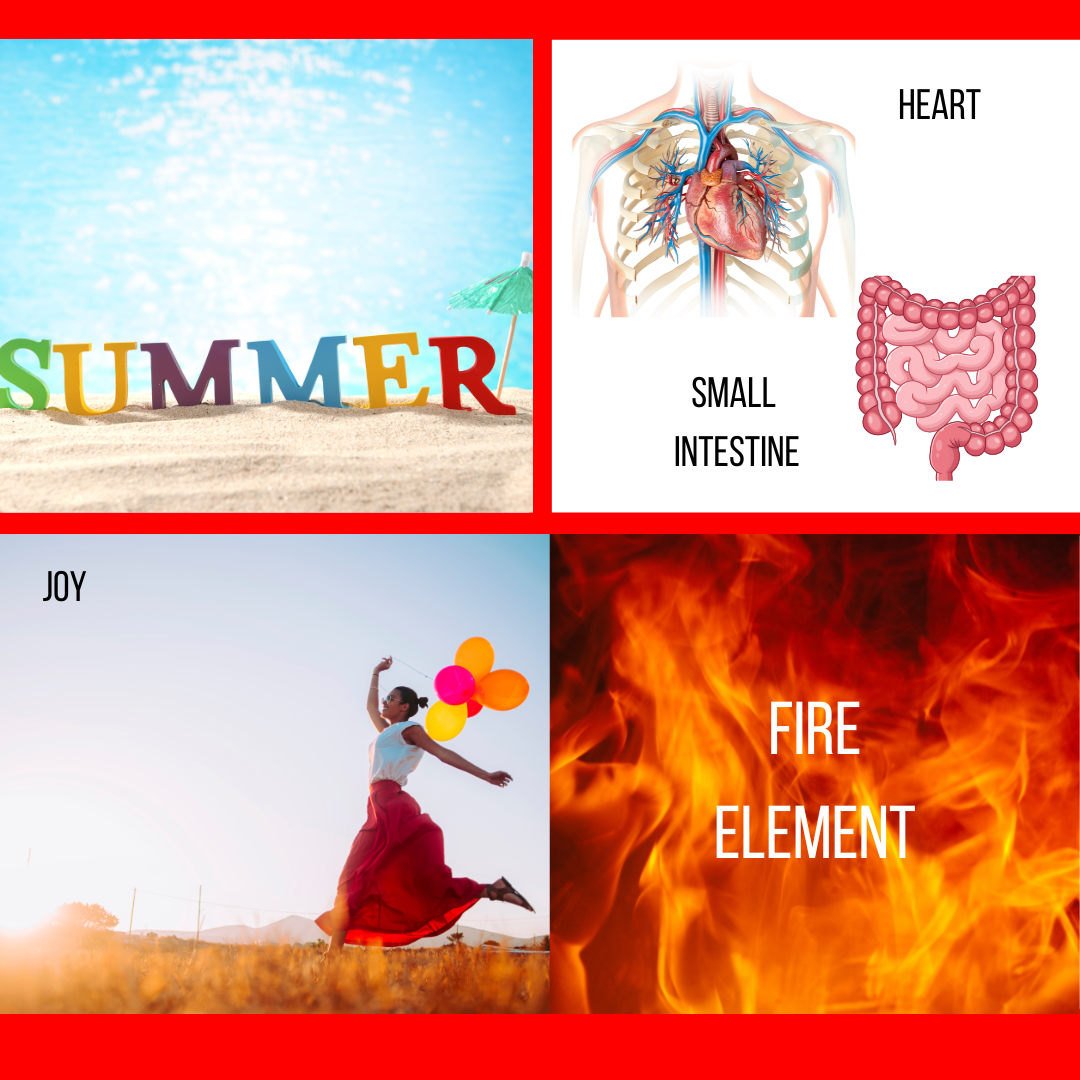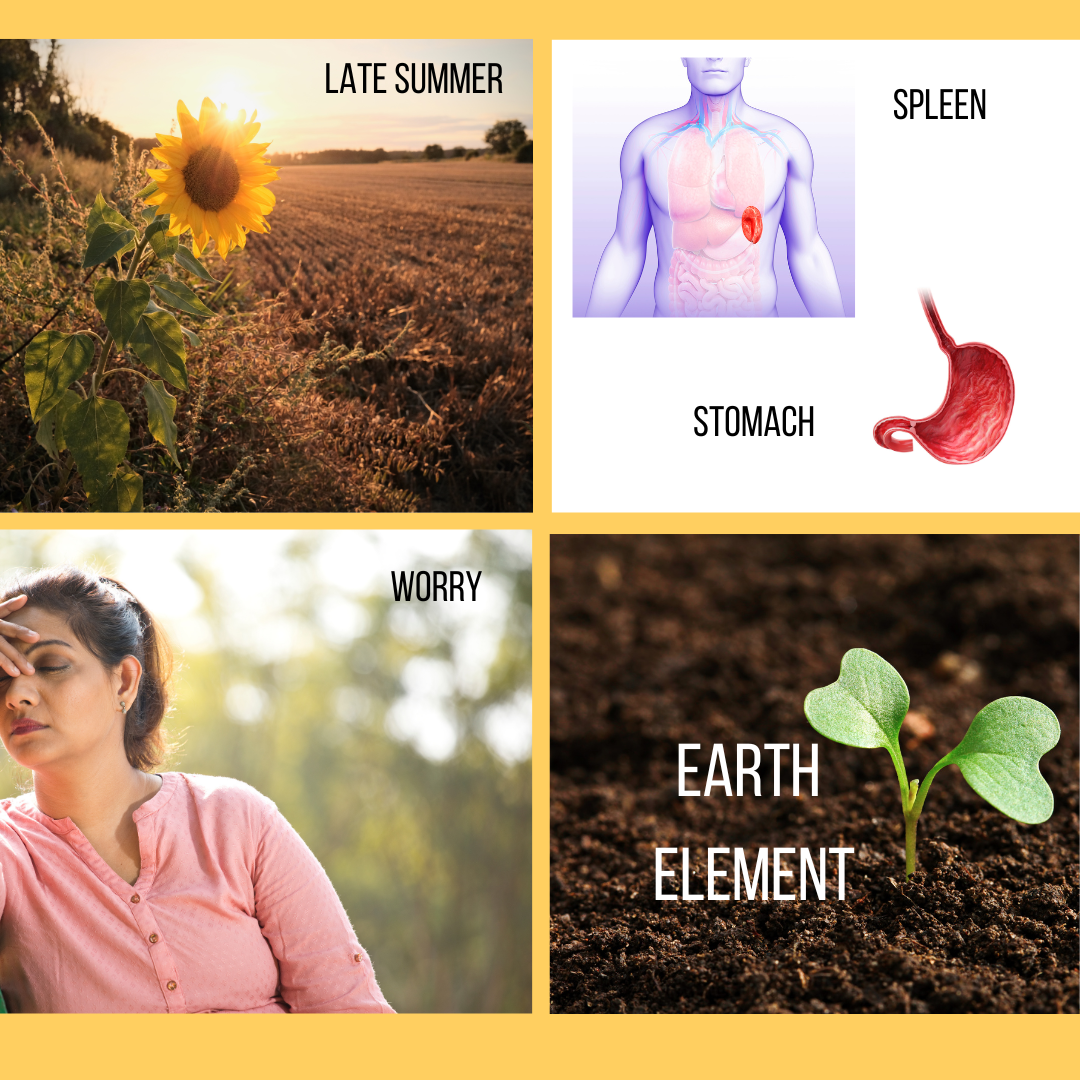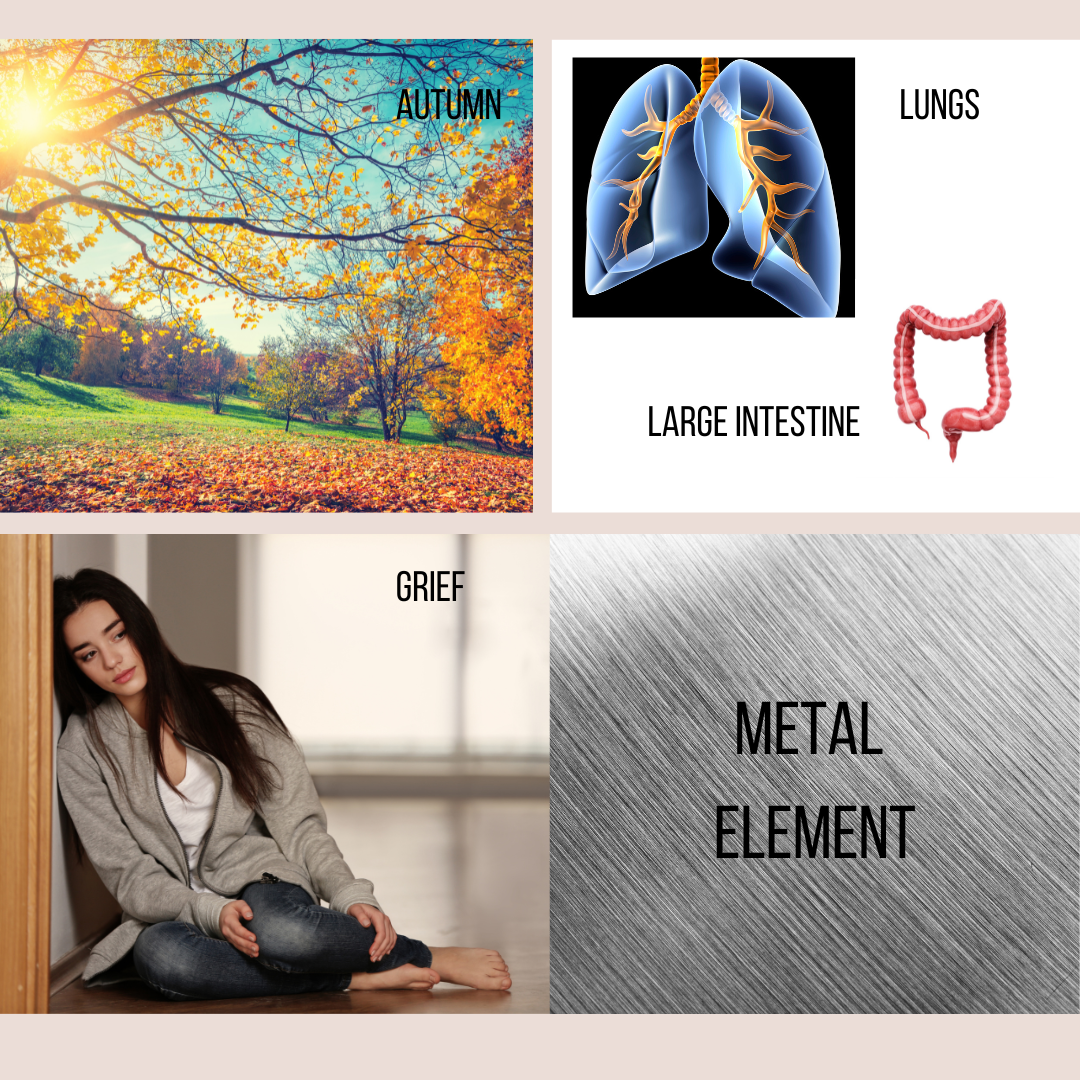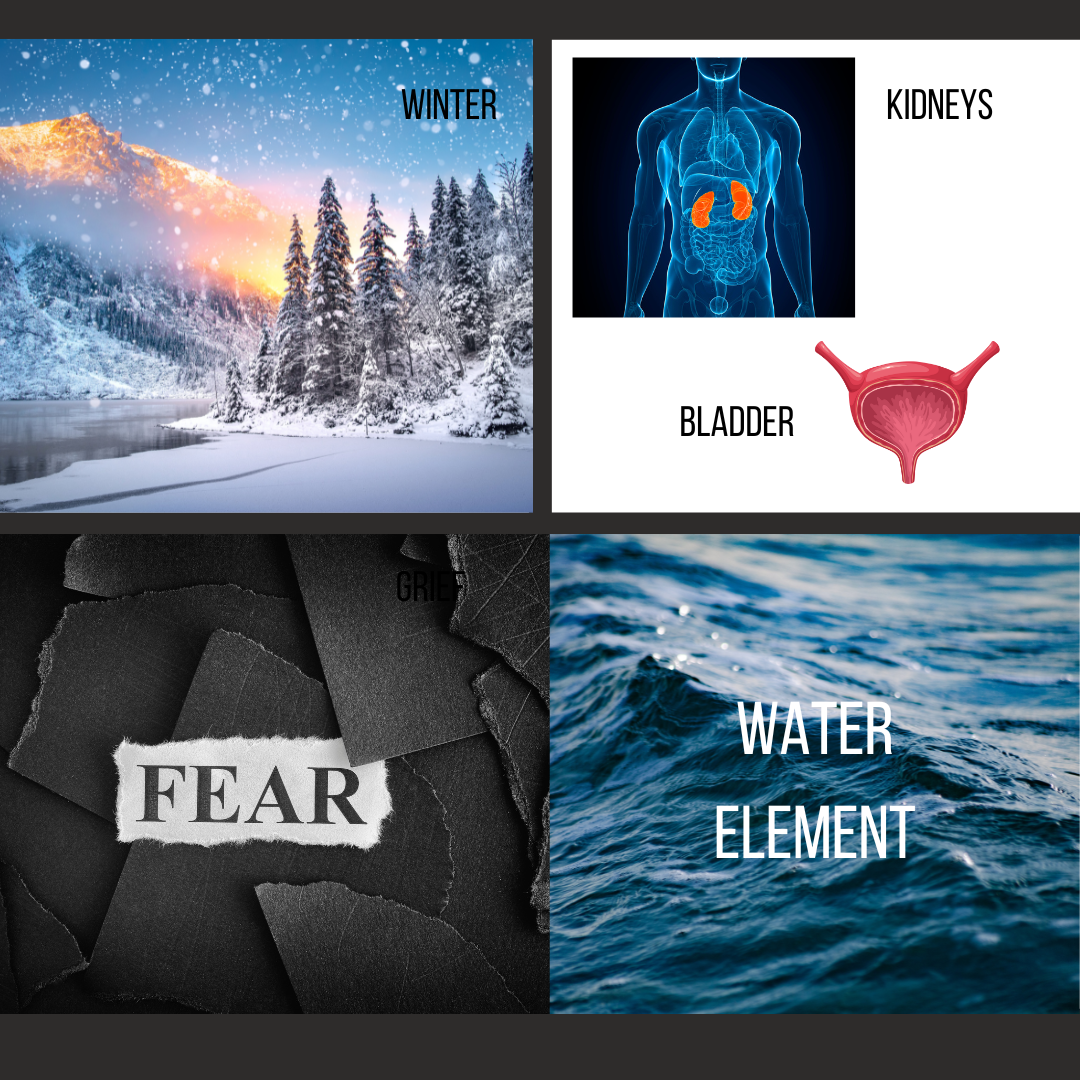Understanding the Five Elements in Chinese Medicine
In a world where wellness advice can feel overwhelming, Traditional Chinese Medicine offers something refreshingly simple. It teaches that true health is not just the absence of symptoms. It is about balance, flow, and the relationship between your body, mind, and spirit.
One of the most helpful frameworks in Traditional Chinese Medicine is the Five Element Theory. This system helps explain why you might be feeling off and gives insight into how to bring your body and energy back into alignment.
What Is the Five Element Theory?
The Five Element Theory comes from Traditional Chinese Medicine, which has been practiced for thousands of years. It organizes wellness into five energetic types: Wood, Fire, Earth, Metal, and Water. Each element connects with different organ systems, emotions, and seasonal rhythms. When the elements are in balance, your body feels calm, steady, and strong. When one element is out of balance, you might feel it emotionally, physically, or energetically.
Let’s break each element down so you can start to notice which ones may be showing up in your life.
Wood Element: Growth, Movement, and Direction
Organs: Liver and Gallbladder
Season: Spring
Emotion: Anger
Color: Green
Wood represents expansion, flexibility, and the ability to move forward. When it is balanced, you feel focused, creative, and able to make decisions with clarity. When it is out of balance, you might feel irritable, stuck, or experience tension in your muscles and head.
Signs of imbalance: Headaches, neck tension, digestive issues, frustration, and irritability
Supportive practices: Stretching, outdoor movement, leafy greens, journaling through emotions
Fire Element: Connection, Joy, and Warmth
Organs: Heart and Small Intestine
Season: Summer
Emotion: Joy
Color: Red
Fire brings passion, excitement, and emotional expression. It helps you connect with others and feel a sense of purpose. Too much Fire can cause anxiety, racing thoughts, or insomnia. Too little can make you feel disconnected or emotionally flat.
Signs of imbalance: Anxiety, palpitations, sleep issues, emotional outbursts
Supportive practices: Time in the sun, meaningful connection, red-colored foods like berries or beets
Earth Element: Grounding, Nourishment, and Stability
Organs: Spleen and Stomach
Season: Late Summer
Emotion: Worry
Color: Yellow
Earth is your energetic center. It supports digestion, grounding, and the ability to give and receive care. When Earth is out of balance, you may overthink or feel unsteady. Your digestion might slow down or become unpredictable.
Signs of imbalance: Bloating, fatigue, overthinking, worry
Supportive practices: Warm meals, gentle routines, time in nature, walking barefoot
Metal Element: Boundaries, Grief, and Letting Go
Organs: Lungs and Large Intestine
Season: Autumn
Emotion: Grief
Color: White
Metal teaches structure and helps you release what no longer serves you. This element governs breath and elimination. When Metal is in balance, you feel clear and present. When it is not, you may hold onto grief, struggle with breathing, or feel disconnected from your purpose.
Signs of imbalance: Skin irritation, constipation, allergies, sadness, feeling stuck
Supportive practices: Deep breathing, seasonal journaling, decluttering your space
Water Element: Rest, Resilience, and Wisdom
Organs: Kidneys and Bladder
Season: Winter
Emotion: Fear
Color: Black
Water is the foundation. It represents stillness, inner strength, and emotional depth. When Water is in balance, you feel calm and focused. When it is low, you may feel anxious, tired, or unsafe in your body.
Signs of imbalance: Low back pain, chronic fatigue, hormone irregularities, fear
Supportive practices: Staying hydrated, quiet reflection, meditation, early bedtime
How the Five Elements Work Together
The elements are always in motion. Each one supports or regulates another, forming a natural cycle. If one element becomes excessive or deficient, the others are affected too. This is why symptoms rarely exist in isolation.
In practice, if someone comes in with digestive issues, I might also explore their emotional stress, how they sleep, or whether they are holding onto grief. The body gives clues. When you understand which element is out of balance, you can support yourself in a more holistic way.
Examples of Elemental Imbalances
Wood: Frustration, digestive upset, tension headaches
Fire: Restlessness, anxiety, trouble sleeping
Earth: Overwhelm, bloating, feeling stuck
Metal: Grief, skin issues, shallow breathing
Water: Fatigue, insecurity, lower back discomfort
Restoring Balance in Your Daily Life
You do not have to master Traditional Chinese Medicine to benefit from this framework. Just start by noticing. Where are you feeling imbalanced? Which emotions are showing up most often? Which organ systems feel overworked or ignored?
The beauty of this approach is that you can begin to shift with small changes. Nourishing foods, intentional rest, emotional awareness, and lifestyle routines can gently bring your system back into flow.
If you are unsure which element needs the most attention, I can help you find the patterns in your body and energy that are asking to be supported. My work combines physical, emotional, and energetic tools to help restore balance in a way that feels practical and personalized.
Ready to Rebalance?
If you are feeling out of sync and not sure where to begin, reach out. We can explore what your body is trying to communicate and create a wellness plan that meets you right where you are.




